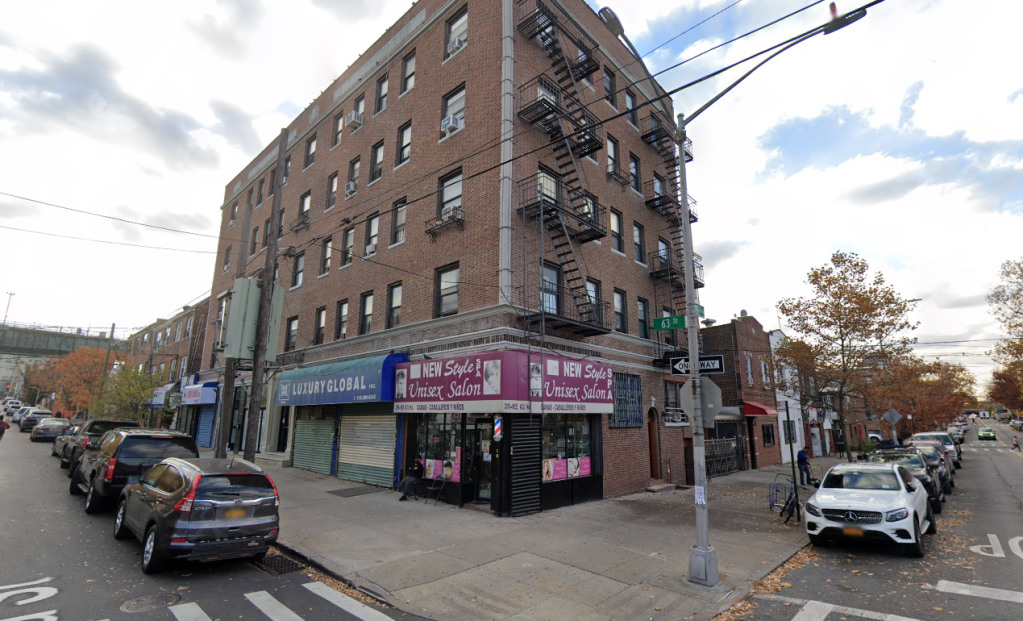At Child Health 2000, a forum discussing health issues among New Yorks youth, it was reported that Queens ranked fourth out of 65 counties statewide for asthma hospitalization rates of children ages 5 to 14 between 1996 and 1998.
According to New York City Department of Health, seven children out of every thousand younger than 14-years-old were hospitalized because of asthma. This is nearly double the national rate (3.7 per thousand). Jamaica had the highest rate at 10.1, followed by the Rockaways (8.7) and southwest Queens (8.5). Long Island City and Astoria rounded out the top five at 7.8 and 6.6, respectively.
The high rates have alarmed Queens parents, who fear their children are at risk of getting the life-long, debilitating disease. "My daughter has it [asthma] and the doctor just diagnosed my son with it. It gets really bad a few times a year," said Klaudyna Brogowska, mother of two, and a Queens resident for 10 years. "I feel helpless when they have those coughing fits and there’s nothing I can do about it…yes, it is a big problem."
Brogowska added that it would "be great if all of them [school buses] were like this one," (pointing to a natural gas Queens Surface Corp bus.
The Board of Health also notes that in a monthly breakdown of asthma hospitalization rates for children, the three months with the lowest are June, July and Augustthe only months school is not in session. The black exhaust seen coming out of the yellow school buses has been targeted as one of the major culprits in this rising epidemic. This exhaust is composed of a variety of compounds from nitrogen oxides (NOx) to hydrocarbonstwo major contributors to smog, commonly known as "urban ozone." The most dangerous component of diesel exhaust is particulate matter. Exposure to this particulate matter can easily trigger an asthma attack. Fine particulates, those less than 2.5 microns in diameter, are so small that they are able to penetrate deep into the developing lungs of a child. In his book, "Sinus Survival," Robert S. Ivker compares breathing in these particles to "rubbing a piece of very fine sand-paper…against the delicate and sensitive mucus membranes of the entire respiratory tract 23 thousand times a day."
But Queens Surface Corp., a major borough bus servicer, has found a way to counter this growing problem. Out of the 337 Surface Corp. buses that operate in Queens, 186 of them have a conspicuous bubble-shaped compartment on top of the roof upon which reads, "breathe fresh air, clean air bus." These buses use natural gas as their source of fuel. This natural gas alternative has largely reduced the amount of chemical-based pollutants which have helped send asthma rates in Queens to astronomical proportions. It serves as a workable alternative for diesel fuel exhaust and smoke emissions, but not one Queens school bus company currently utilizes natural gas alternatives.
Some parents suggest pressuring the Board of Education into forcing school bus companies to switch to natural gas. However, by law, the Board of Education does not have the right to strictly enforce a complete transition to natural gas because these companies are privately owned. Richard Logan, owner of eight of the fourteen school bus companies in Queens, noted lengthy fueling times are the primary problem."If each bus takes five to ten minutes to fill up, and I have a fleet of a couple hundred buses, it just takes too long…it turns into overtime."
To Logan, this process is not economically feasible. Peter Greenberg, a representative of the Queens Surface Corp., said his company purchased a more modern fill up nozzle for its natural gas buses. "Previously, there was the slow fill nozzles that took a long time, but at our College Point facility, we have fast-fill nozzles which fill our natural gas buses just as quickly as our diesel buses. He went on to say that there have been no major mechanical problems with the natural gas, only "an adjustment period common when applying any sort of new technology."
Despite having little influence on private bus companies, school administrators have come to the forefront of the battle for the transition to install natural gas fueled school buses.
John Ciafone, vice president of Community School Board 30, said that natural gas school buses should be implemented for the sake of Queens children.
"When these young children, who already have pre-existing conditions, inhale these fumes, it only exacerbates these problems," said Ciafone. "This should have been done 10 years ago."


































